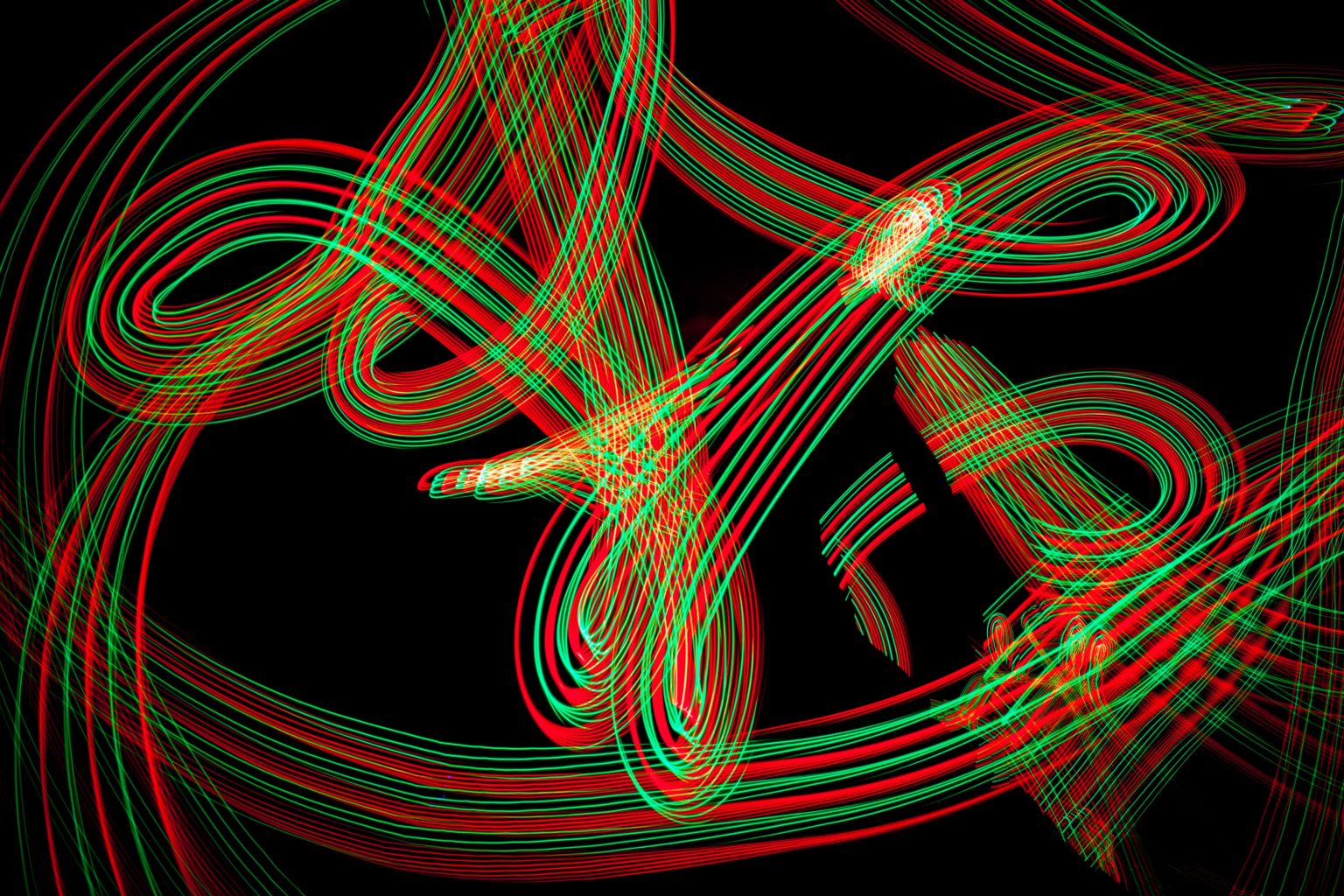Increasingly affordable, versatile and user-friendly, 3D technology is swiftly evolving into an everyday tool in homes and businesses around the world. The 3D printing industry has surpassed $5 billion and continues to grow as more and more creators — from global manufacturers to at-home DIYers — use 3D modeling to bring their ideas to life.
Behind the scenes of today’s most innovative brands, the rise of 3D is reshaping the design process itself. Companies are finding that incorporating 3D helps them develop their products more efficiently, more collaboratively, and with more room for creative experimentation. It’s clear that this isn’t just a passing trend; as Filterati and 3D artist Michael Chapman explains, if a company isn’t taking 3D seriously yet, they’re already behind in the design world.
In this interview Michael, whose clients have included the White House and hip hop artist ILoveMakonnen, talks with us about how 3D technology is revolutionizing product design — and why companies should be paying attention.
Q: What are the biggest changes that 3D technology is bringing to the design world?
3D is changing design by helping to rewrite the design process. By incorporating 3D at an earlier stage, the designer can ideate more efficiently and have a more collaborative relationship with engineers and other designers. It also creates new possibilities for designers to play with form language and new materials.
The most exciting thing about working in 3D Design is how rapidly the technology is expanding. Whether it’s generative modeled shoe soles or zero waste 3D printing, 3D is pushing the possibilities in many aspects of design and manufacturing processes.
Q: Why should companies be leveraging 3D elements in their design initiatives?
Companies should be implementing 3D elements into their design processes for a variety of reasons. First and foremost, it pushes the limits of what you can do with form language when designing a product. It also allows better communication between designers and engineers, which can speed up the iterative part of the design process. In my opinion, if a company isn’t taking 3D seriously yet, they are already behind in the design world.
Q: What emerging trends do you believe will shape the future of 3D design?
One of the biggest trends I see is that 3D modeling classes are being offered to younger and younger audiences. With the popularization of at-home 3D printing, along with the current DIY movement, high schools are starting to offer classes that introduce students to the possibilities of 3D.
A push for more sustainable materials and eco-friendly manufacturing methods is another big trend in the 3D world. A great example of this is the collaboration between Adidas and Parley. By repurposing ocean plastic pollution into sportswear clothing, they are aiding in creating discussions for more environmentally friendly manufacturing.
Q: When did you discover your passion for 3D, and how did you pursue a career in it?
I attended the University of Cincinnati where I studied Industrial Design at the College of Design, Architecture, Art, & Planning (DAAP). While learning and practicing the design process, I was working at the Rapid Prototyping Center, a facility within DAAP. During my time at the RPC I had the opportunity to dive deeper into the world of 3D modeling and learn about the latest forms of prototyping.
Most of my peers preferred the 2D side of design, whereas I became more interested in the 3D modeling and prototyping aspect. The knowledge I gained from the RPC and DAAP helped me curate my career path into a synthesis of design and 3D work. This has allowed me to work on a wide variety of projects ranging from medical devices for the White House to album artwork for ILoveMakonnen.
Q: In addition to your professional work, you also create your own 3D designs. Do your professional and personal projects influence one another?
Both my professional and personal work involve 3D modeling and rendering artwork. However, I tend to take more creative risks in my personal work. My professional work gives me the opportunity to learn new programs and shortcuts that I can use at home, while my personal work allows me to keep up with the latest trends and implement them at work.






